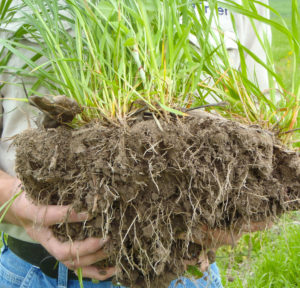Farmers remain under pressure to adopt practices that will reduce nutrient losses from their fields and cover crops are considered the most effective in-field practice for reducing nitrogen and phosphorus losses (farmdoc daily, July 6, 2016; Illinois NLRS, 2015). As the benefits of adopting cover crop practices become better known and understood, including for nutrient loss reduction and soil health, adoption rates are improving but continue to remain low (SARE, 2013). Cover crops add cost and management challenges for a farm operation, which can be additionally problematic given recent years of lower crop prices and difficult farm finances (farmdoc daily, March 6, 2018). This article seeks to add perspective on cover cropping practices by reviewing costs of the practice from a farm budget perspective.
Two of ISAP’s Science Advisory Committee members (Jonathan Coppess and Shalamar Armstrong) are authors of “Understanding Budget Implications of Cover Crops”. Click to read the full article.
